On Monday, RABA Automotive Kft and Nurol Makina Hungary Kft, a subsidiary of the Turkish Nurol Makina ve Sanayi A.S., signed the paperwork for the establishment of a the Hungarian-Turkish joint venture Gidran Armored Vehicles Kft.
The goal of the venture is to develop the assembly and production capability for the Gidran 4x4 armored combat vehicles at the RABA group in Hungary, with the highest possible domestic added value and utilizing Hungarian suppliers, primarily for the Hungarian Armed Forces.
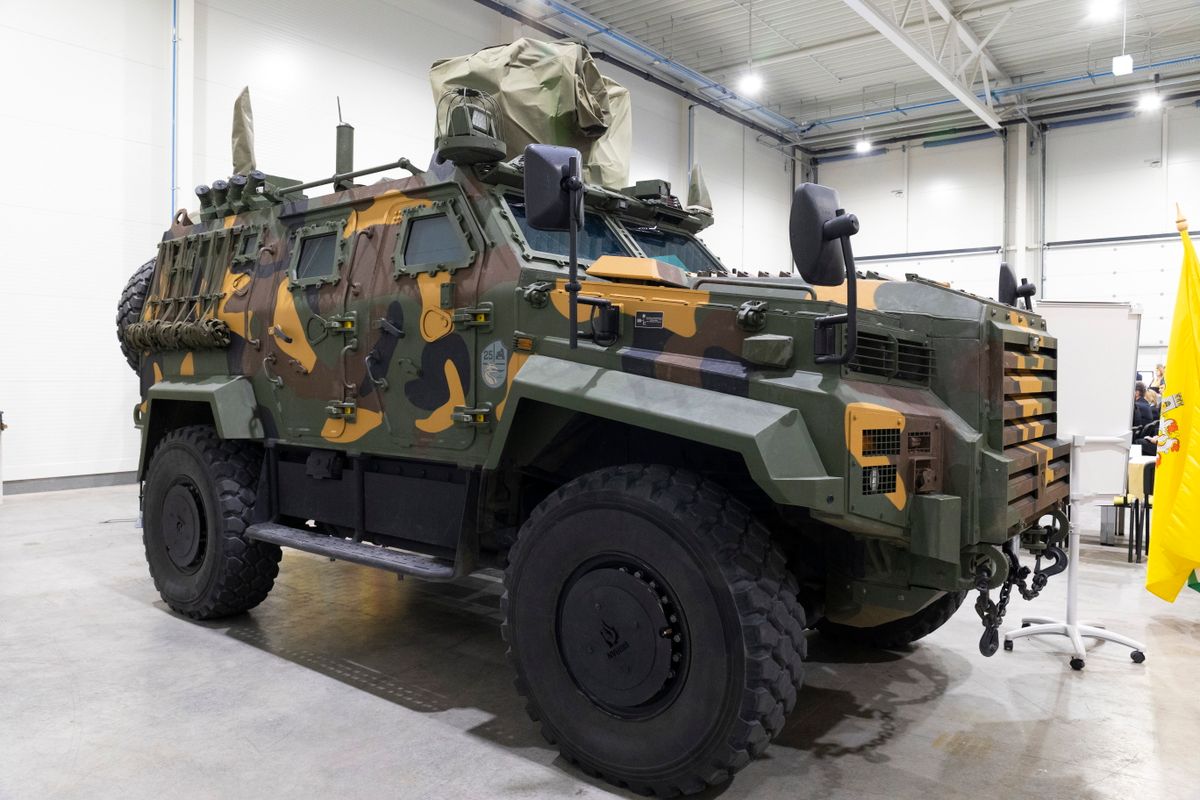
Hungary's National Defense has already ordered dozens of Gidran armored combat vehicles, with the communications, electronic and weapons systems integrated into the all-terrain vehicles at the HT Division Zrt. plant in Kaposvar. According to the plans, about three hundred Hungarian-Turkish co-produced Gidras will be delivered to the national defense corps.
The Hungarian military industry has also embarked on a much greater undertaking with the development of the Panther. The Hungarian and German parties have also recently signed the large-scale, top-technology military industrial project.
According to the contract signed at Rheinmetall Hungary Zrt.'s Zalaegerszeg plant, Hungary will invest 288 million euros, or about 110 billion forints, in the development of the Panther EVO, which is considered the western battle tank of the future. As in the Gidran's case, the state-owned N7 National Defense Industry Innovation Holding Company will be the Hungarian partner of the foreign, in this case German company. The work will take place in the industrial park of Zala County's capital, where seventy Hungarian engineers will develop the new armored car.
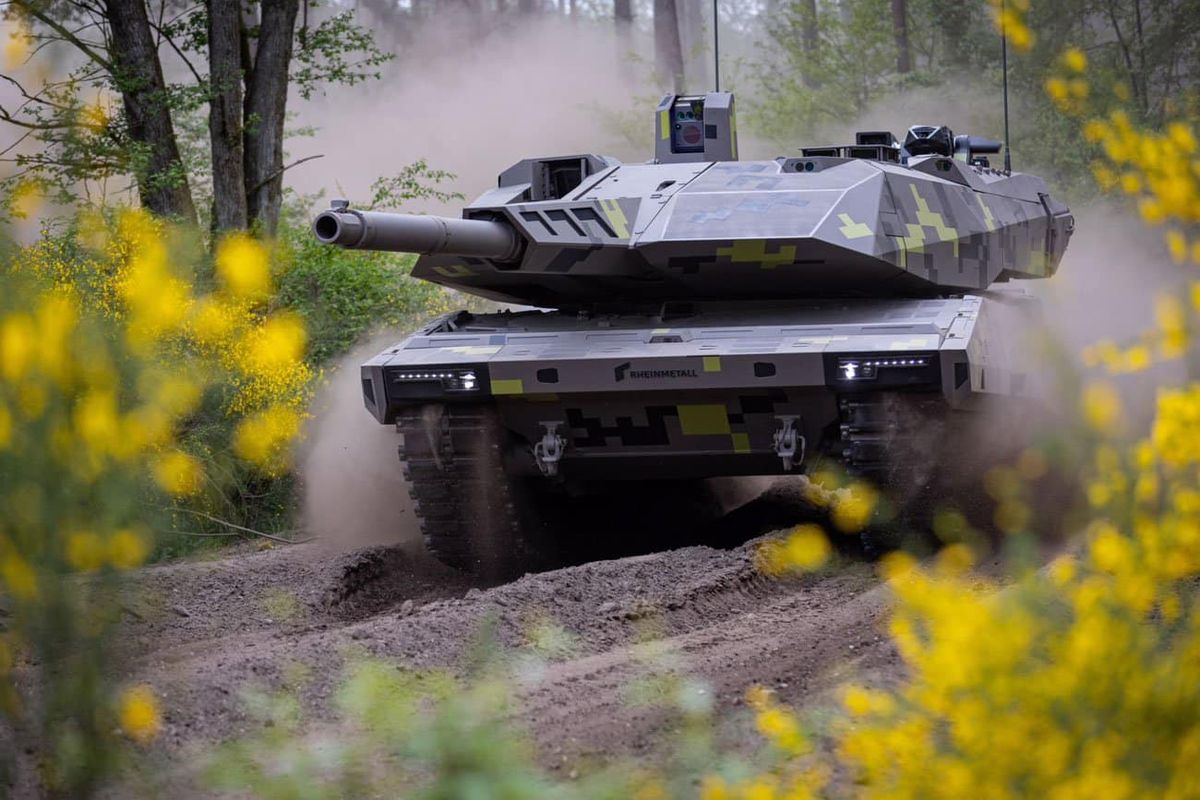
In its statement, Rheinmetall said that the new tank will be armed with Rheinmetall's state-of-the-art 120 mm L55A1 smoothbore gun, which also features the Leopard 2A7HU tanks that are now being delivered to the armed forces. The difference is that the Panther will have an automatic loader to transfer ammunition from the armored storage to the barrel.
Rheinmetall has also developed a 130mm gun, but currently NATO and Hungary's armed forces use 120mm guns for Western tanks, with the ammunition to be produced in Hungary. However, if the alliance adopts the new gun with twice longer range as the standard, the Panthers can be subsequently retrofitted.
Because of the autoloader, the basic crew of the vehicle consists of three soldiers instead of four: the commander, gunner and driver. A fourth station is reserved for a drone or subsystem operator as there are plans to equip the vehicle with Hero kamikaze drones, also to be manufactured in Hungary. The fighting vehicle can also be used as a mobile command post on the battlefield.
Compared to the Leopard 2 with a total weight of 65-70 tonnes, the new Panther EVO will be lighter due to the latest passive and active protection technologies, such as the StrikeShield system installed on the Lynx infantry fighting vehicles, also to be manufactured in Zalaegerszeg. Its chassis is based on the BPz 3 Buffalo armored recovery vehicle, which is already used by Hungary's defense forces.
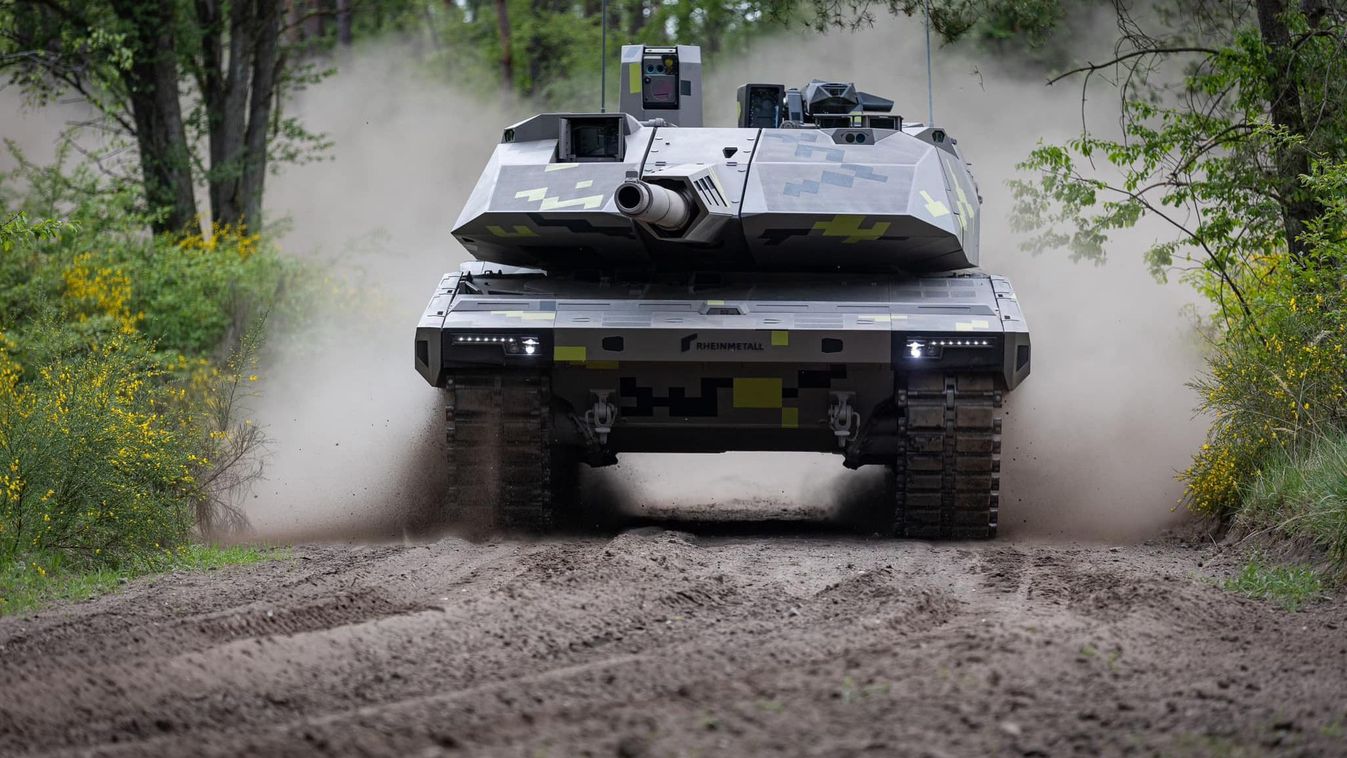
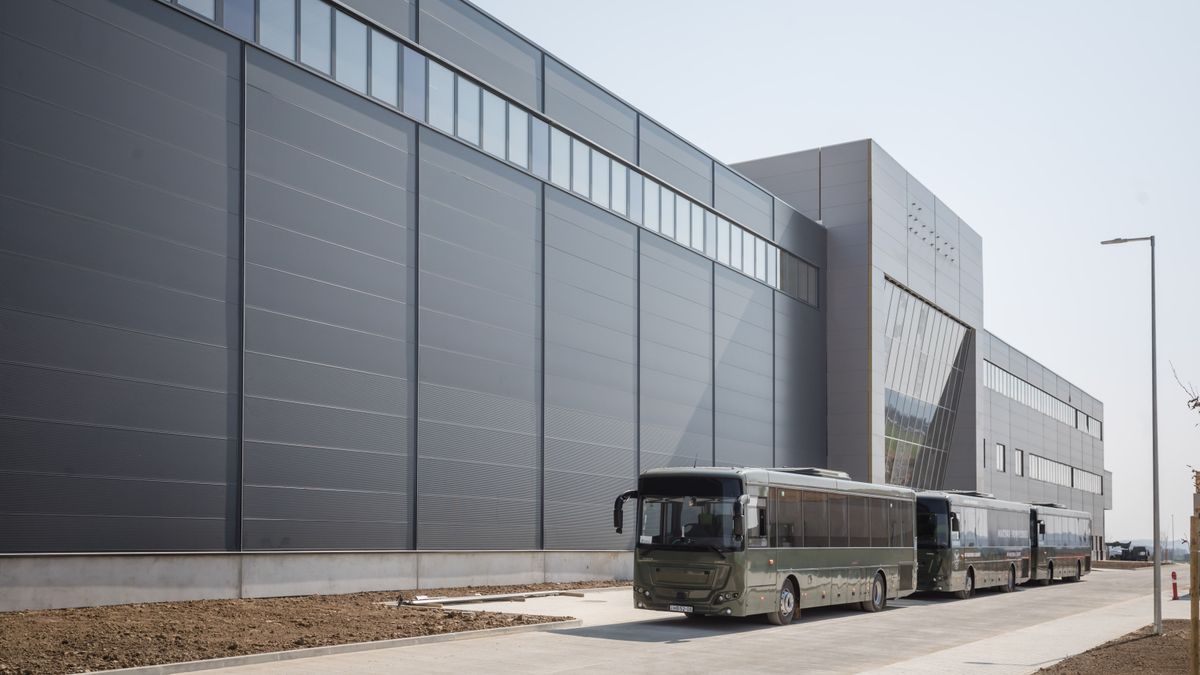
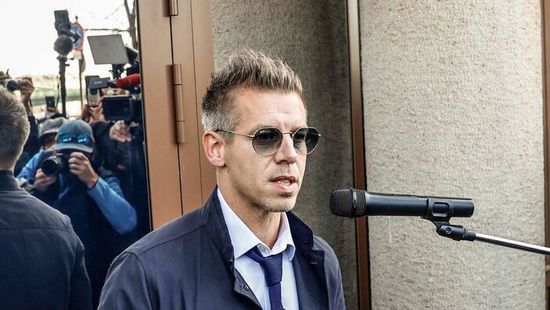
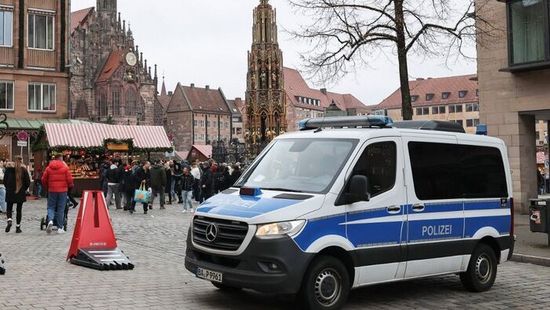
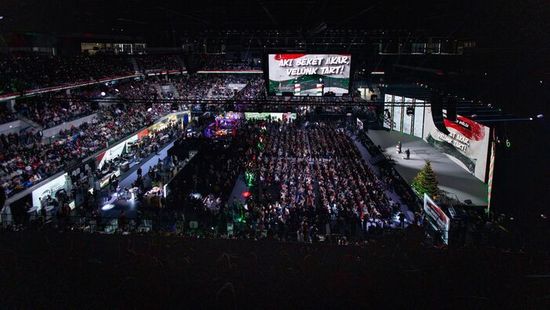









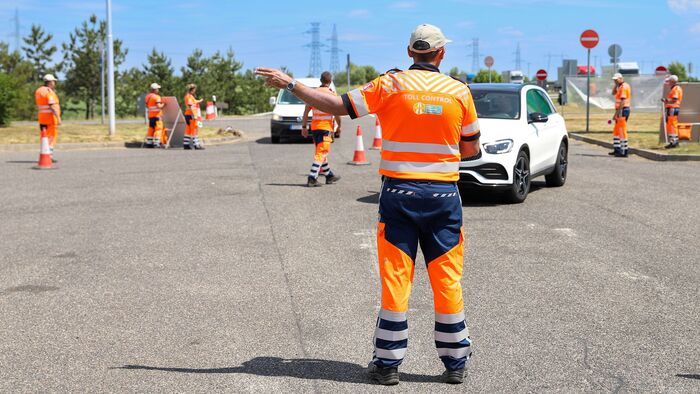
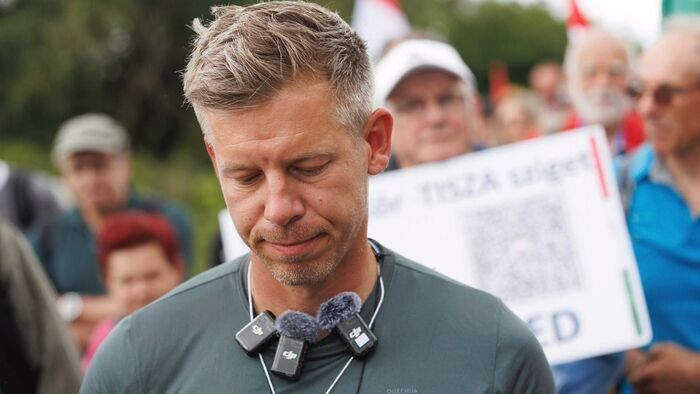





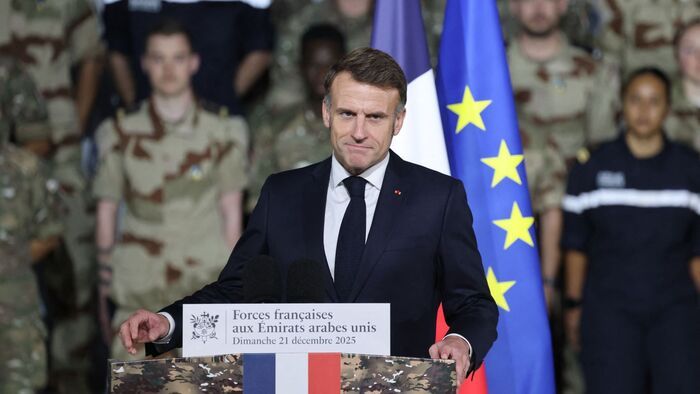


Szóljon hozzá!
Jelenleg csak a hozzászólások egy kis részét látja. Hozzászóláshoz és a további kommentek megtekintéséhez lépjen be, vagy regisztráljon!